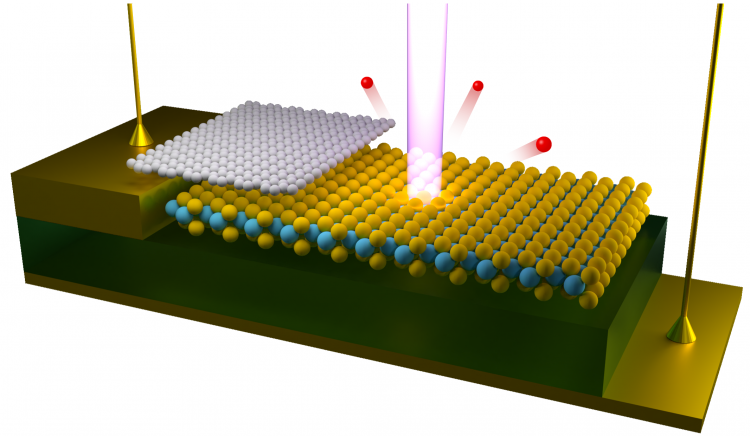
Six researchers affiliated with the Molecular Engineering & Sciences Institute are among the most influential in the world, according to the annual Highly Cited Researchers list published by the Web of Science, the world's largest publisher-neutral citation index.

For the first time, scientists have visualized the electronic structure in a microelectronic device, opening up opportunities for finely tuned, high-performance electronic devices. UW physicists David Cobden and Xaiodong Xu, in collaboration with colleagues at the University of Warwick, developed a technique to measure the energy and momentum of electrons in operating microelectronic devices made of atomically thin "” so-called 2D "” materials. Their findings, published last week in the journal Nature could lead to new, finely tuned, high performance electronic devices.
Faculty and student researchers at the UW Molecular Engineering & Sciences Institute are emerging as leaders in the fast-growing field of 2D materials. Physics professors David Cobden and Xiadong Xu study the characteristics of single sheets of atomically thin material.
These single-layer materials, also known as monolayers, are flexible, and act as semiconductors with extraordinary electronic properties. Semiconductors are an essential component in all modern solar cells and electronics. Their research could be the basis for next-generation flexible and transparent computing, better light-emitting diodes, or LEDs, and solar technologies. Read More